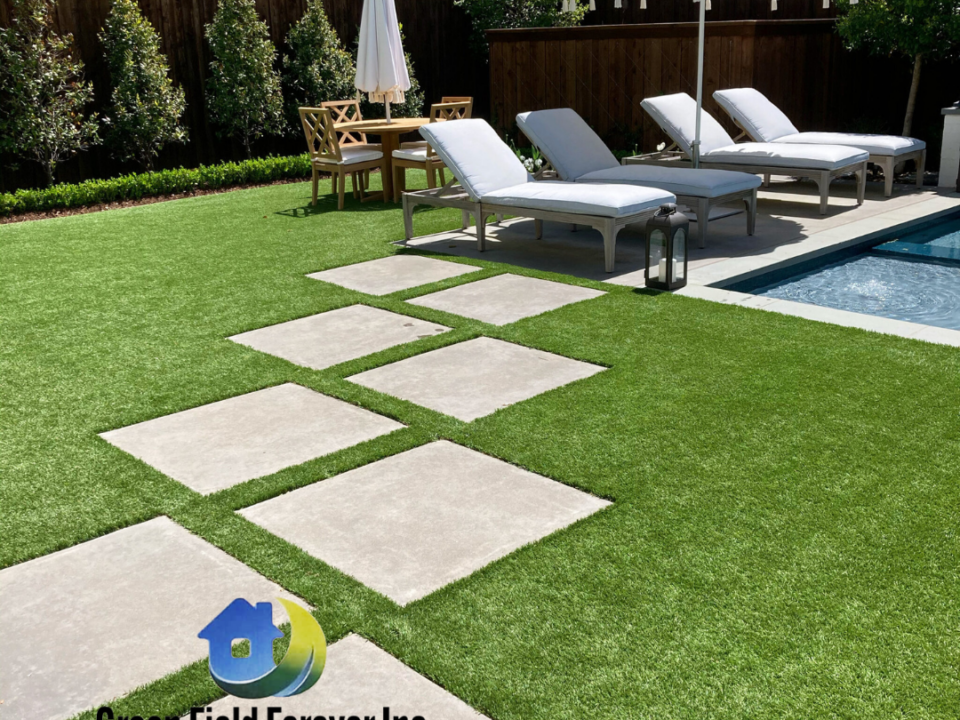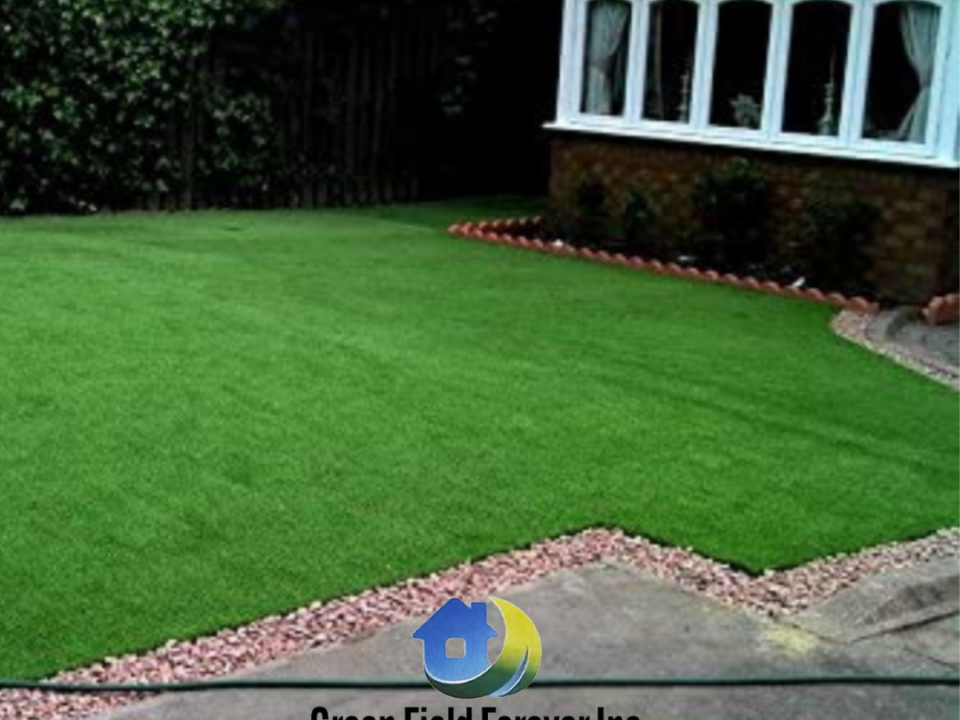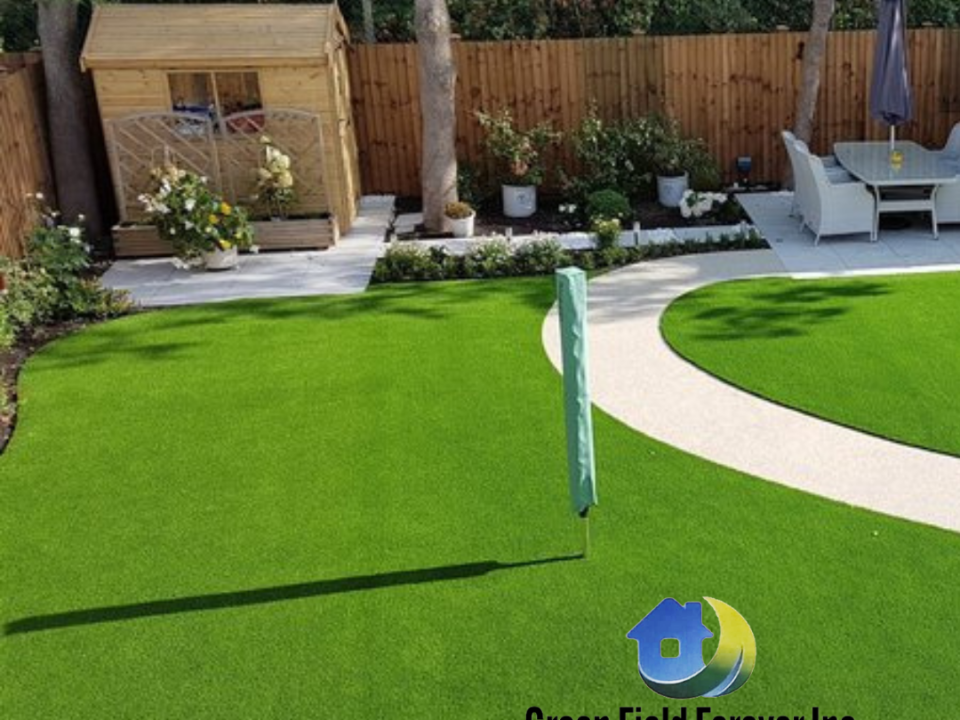As environmental awareness grows, homeowners are seeking ways to remodel their backyards in harmony with nature. Green Field Forever Inc. stands at the forefront of this movement, offering eco-friendly backyard remodeling solutions that blend sustainability with style. Here’s how you can create an outdoor space that’s kind to the earth and inviting for all.
Start with Sustainable Planning
Embarking on an eco-friendly backyard remodel begins with a sustainable plan. Evaluate your space and consider how you can minimize its ecological footprint. This might mean choosing designs that require less water and energy to maintain, or layouts that preserve natural habitats.
Choose Native Plants
Incorporating native plants into your landscaping is one of the most impactful eco-friendly practices. As New Life Rockeries advises, native species are adapted to the local climate and soil conditions, which means they require less water and are more resistant to pests and diseases, reducing the need for chemical fertilizers and pesticides.
Opt for Organic Materials
When selecting materials for your backyard, opt for organic, renewable, or recycled resources. Wood from responsibly managed forests, recycled composite materials, and locally sourced stones are excellent choices that reduce environmental impact and often blend beautifully with the outdoor setting.
Implement Water Conservation Techniques
Water conservation is a key component of eco-friendly backyard remodeling. Install a rainwater harvesting system to collect and reuse water for irrigation. Consider a drip irrigation system, which is more efficient than traditional sprinklers, to deliver water directly to the roots of your plants.
Incorporate Solar Lighting
Light up your backyard using solar-powered lights. These energy-efficient options absorb sunlight during the day and glow beautifully at night, providing a sustainable lighting solution that can enhance the ambiance of your outdoor space without increasing your carbon footprint.
Build with Permeable Paving
Permeable paving materials allow rainwater to filter through and recharge the groundwater, reducing runoff and preventing erosion. This approach to hardscaping not only aids in water management but can also contribute to the overall health of your local ecosystem.
Use Eco-Friendly Furnishings
When furnishing your remodeled backyard, consider pieces made from sustainable materials. Furniture crafted from recycled plastics, reclaimed wood, or responsibly sourced metals can withstand the elements while maintaining a low environmental impact.
Create a Composting Corner
Embrace composting to reduce kitchen waste and create rich soil for your garden. By setting up a composting area, you turn organic waste into valuable nutrients for your plants, promoting a healthier backyard ecosystem.
Promote Biodiversity
Attract beneficial wildlife by including elements that promote biodiversity, like birdhouses, butterfly gardens, or a small pond. These features encourage natural pest control and pollination, fostering a balanced and thriving backyard habitat.
Maintenance and Upkeep
Lastly, consider the maintenance your backyard will require. Eco-friendly backyards should be low-maintenance, using drought-resistant plants and organic mulch to reduce the need for watering, weeding, and chemical interventions.
Read More:
From Drab to Fab: Creative Backyard Remodeling Projects on a Budget





